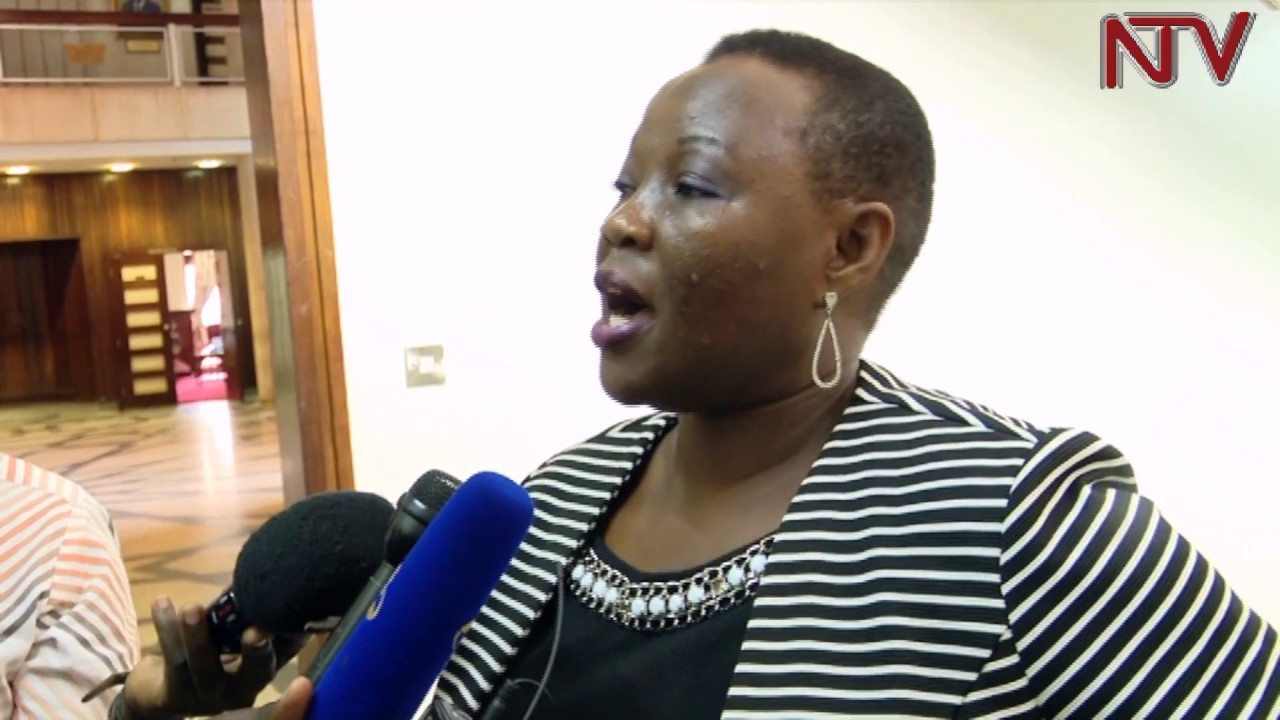Uganda’s total labour force increased from 8.8 million people in 2012/13 to 10 million people in 2016/17, government has revealed.
According to the Background to the Budget for Fiscal Year 2019/20 released by Ministry of Finance, Planning and Economic Development, unemployment declined from 12 to 9 percent over the same period.
“Of the 9.1 million people employed in 2017, more than half (54 per cent) were self-employed while 38 per cent were in paid employment,” Government says in the Background to the Budget.
It adds: “The rise in the share of the labour force in paid employment (excluding casual labourers in agriculture) from 23.0 to 30.1 per cent translates to a total of 875,744 new jobs with a four-year period (an average of 218, 936 jobs annually).”
Government adds that this performance is consistent with the performance of formal jobs established from the Manpower Survey 2016 and URA’s PAYE register which show that the annual growth rate of formal jobs almost doubled that of GDP between 2010 and 2018.
Most of the employed labour force is in the informal sector.
“Formal jobs accounted for in the Tax Payer Register totaled 1.327 million in 2017/18, up from 1.175 million in 2016/17 (12.9 percent annual growth). This is equivalent to approximately 10 percent of the total labour force. Formal jobs are mostly found in large enterprises compared to their Small and Medium-sized counterparts,” part of the Background to the Budget report reads.
Government adds that Real GDP per capita has increased much faster from US$ 667 in FY 2010/11 to US$ 825 in FY 2018/19.
Additionally, after experiencing a slump in growth in FY 2016/17, the economy rebounded, growing at revised rate of 6.2 percent in FY 2017/18, and is projected to grow at 6.1 percent in FY 2018/19, nearly hitting the National Development Plan (NDP) II 2020 target of 6.3 per cent.






